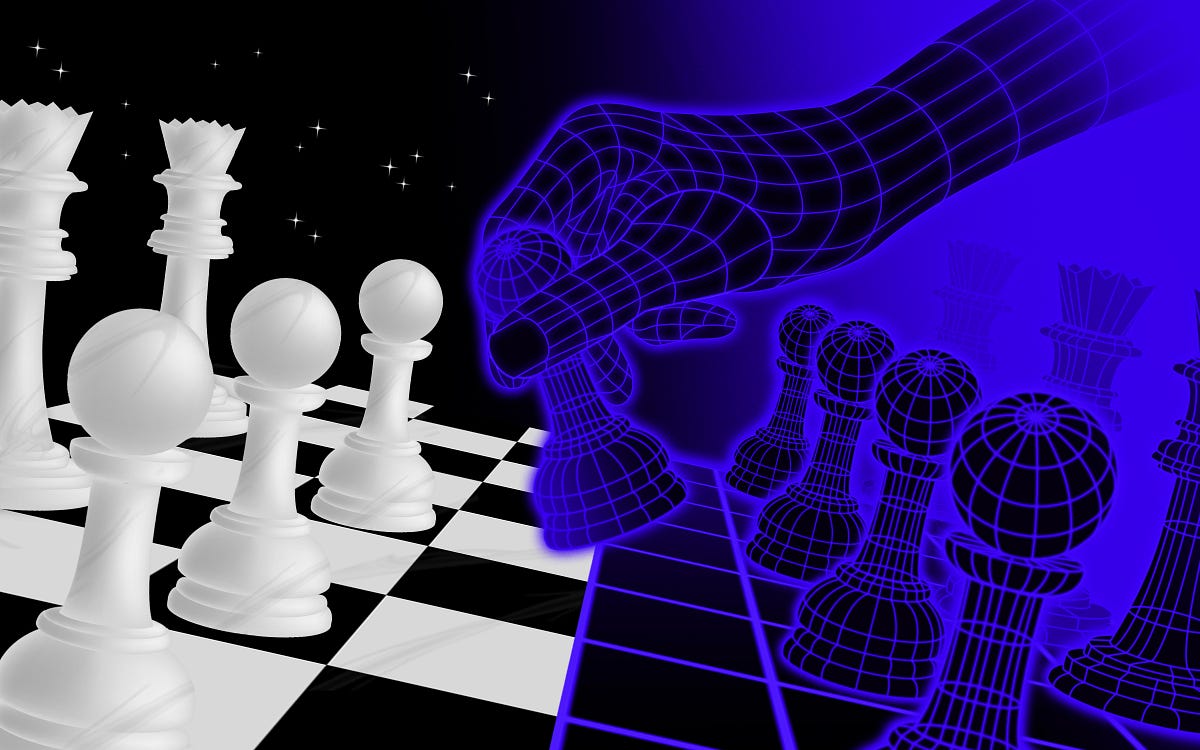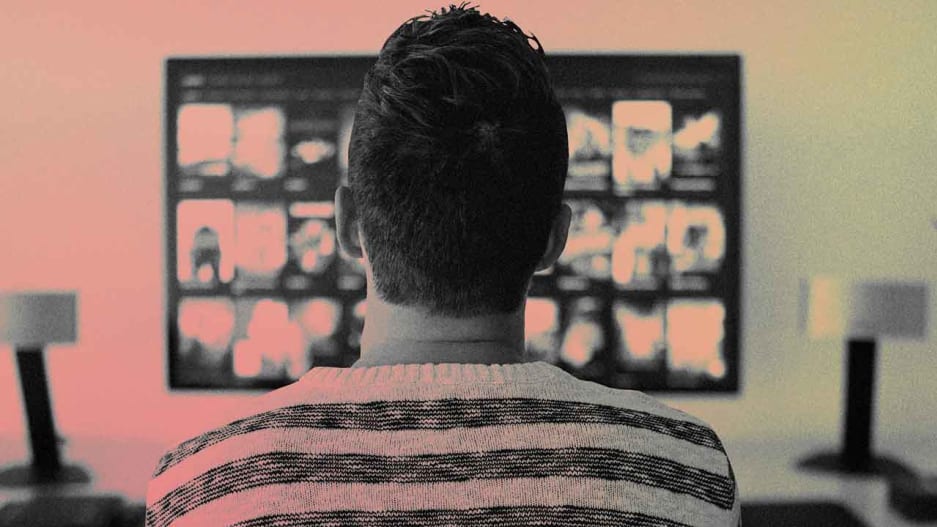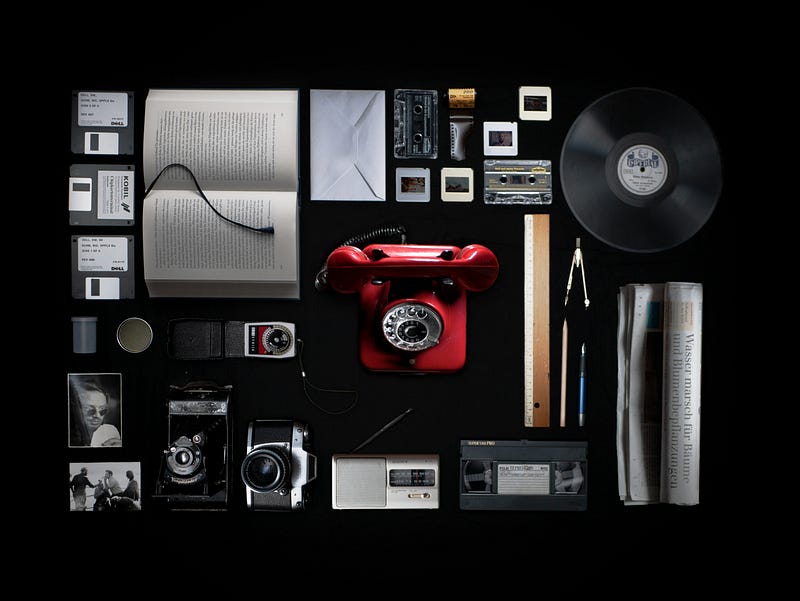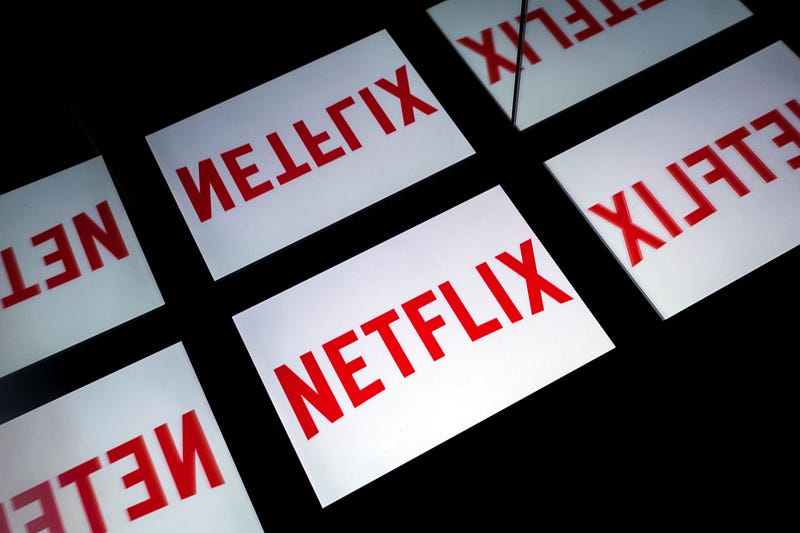video
Netflix is adapting the video game ‘Cuphead’ into an animated show
One of the most unique-looking games in years, ” Cuphead,” is getting its own Netflix show. The game is a stunner, featuring artwork pulled straight out of a 1930s-era cartoon. That’s due to it being hand-drawn across several years by a small crew. The new show is also being hand-drawn, albeit not on paper, by Netflix’s animation team. “We are not going to be animating this [ourselves] because it would never be finished,” one of the game’s developers, Chad Moldenhauer, told IGN.
Source: Business Insider
Welcome to the K-12 Surveillance State

Arguably more troubling than the collection of student data is where that data is stored and who has access to it. As Education Week reported in May, Florida lawmakers are planning to introduce a statewide database “that would combine individuals’ educational, criminal-justice and social-service records with their social media data, then share it all with law enforcement.” Such a database is likely to reveal sensitive information like which students were bullied or harassed, because of a protected characteristic like their sexual orientation, according to Amelia Vance, who directs the Education Privacy Project. All this information, once compiled, could be exposed through data breaches , sent to child data brokers or misclassified, which could lead to outing students or wrongly identifying innocent students as threats.
Source: The New York Times
Next Up on Your Twitch Stream: Chess?

Chess.com is courting a wider audience by turning chess into a poker-like spectator sport. In 2017, Chess.com took over the United States Chess League, the only nationwide chess league in the country at the time. It was renamed the Professional Rapid Online Chess League (PRO Chess League) and started accepting teams and players representing cities from around the world. In its inaugural season, the league drew in 48 teams, each with 8–16 players. There were so many people ready to compete that the league had to be cut down to 32 teams the year after. As the league commissioner Greg Shahade put it, that many players was “a bit too large and chaotic.”
Source: OneZero
How Tech Redefined the Experience of Culture
Video games and social media require human users to enter into a procedural loop known as flow
While there are no universals in media culture today, there are many qualities worth exploring, because they are shared by many communities or because they are compelling remediations of the age of modernism. One of these is procedurality. Popular modernist writers today claim that this is the essence of the computer: its procedures (algorithms, programs) allow it to interact with other machines and human users in increasingly complex and creative ways. Video games and social media are procedural: they require human users to enter into a procedural loop that both constrains and empowers them. Procedurality is itself the latest version of mechanization, which has been a key condition of society and the economy since the Industrial Revolution. While modernism was vitally concerned with the cultural meaning of mechanical and power technologies in the 20th century, today’s media culture is exploring how far procedurality and simulation can penetrate into and redefine creative expression as well as our politics and everyday lives.
Source: Medium, OneZero
Facial Recognition Has a Blind Spot

According to the Electronic Frontier Foundation, a nonprofit organization defending civil liberties in the digital world, facial recognition software may be prone to error. It’s specifically worse when identifying people of color, women, and younger groups. If the software reports a “false negative,” it will not be able to match a person’s face at all. A “false positive” may identify this person as someone else. And for law enforcement, this can pose quite a problem. Since 2013, San Diego police officers could stop to take photographs of a person of interest to run their face through Tactical Identification System (TACIDS). That photograph could then be analyzed against more than a million other booking shots.
Source: Zora on Medium
Must Hear TV? NBCUniversal uses “commercial innovations” to cut through the attention economy

At this year’s Cannes Lions, NBCUniversal presented its latest and updated offerings for brands to integrate with their global platforms, including Picture-in-Picture 2.0, connecting interactive or AR elements on one screen with a commercial on another screen; “Must Hear” TV, audio cues that play as a program fades to commercial and are meant to hold the viewer’s attention; AdSmart Context, an AI powered platform that combs through movies and TV shows to offer targeted ad options; and Shoppable TV, a feature that allows viewers to shop what they see on TV through a QR code on their mobile device.
Source: Fast Company
What Should the Leadership of YouTube Do?

CEO Susan Wojcicki and YouTube leadership must decide how to balance growth goals with criticism for posting controversial—but popular—videos.
Disney’s streaming service costs $7 a month, launches November 12
Disney+ will launch in the US on November 12, for $7 a month. It will have a very large library of old Disney movies and TV shows — crucially, including titles from its Marvel, Pixar, and Star Wars catalog — along with new movies and series made exclusively for the streaming service. It won’t have any ads. And it will allow subscribers to download all of that stuff, and watch it offline, whenever they want.
Source: Disney’s streaming service costs $7 a month, launches November 12 – Recode
Facebook’s Video Player Isn’t Designed for You
From the outside, it’s hard to know what, exactly, Facebook wants from its video platform. For years, the company told publishers that video was the future, even as it allegedly goosed statistics behind the scenes to make the format look more important than it was. In 2017, the social network rolled out a major update to its video player that added a kind of picture-in-picture mode to the News Feed, among other changes, in an effort to make “watching video on Facebook richer, more engaging and more flexible,” according to the company. Then last year, Mark Zuckerberg announced the company would de-prioritize video from brands in favor of content that “encourage[s] meaningful interactions.”
Source: Facebook’s Video Player Isn’t Designed for You – OneZero
Netflix Is Blending Artificial Intelligence for Its Content Distribution
Netflix’s Artificial Intelligence Algorithm Will Disrupt the Current Landscape of Streaming Online Video.
Source: Netflix Is Blending Artificial Intelligence for Its Content Distribution
Comcast announces $5-per-month Flex streaming platform for cord cutters
You’re basically paying to rent a streaming box with Comcast’s guide.
Source: Comcast announces $5-per-month Flex streaming platform for cord cutters – The Verge
Hulu’s Price Cut Will Boost Ad Revenues –
The adjustment is expected to bring more users to the platform, which in turn will help grow Hulu’s ad revenues. “In such a competitive video streaming landscape, Hulu cutting prices for its low-tier ad-supported streaming subscription will almost certainly increase viewership, attracting those who had been on the fence about having the entry-level Hulu option,” said Monica Peart, senior director of forecasting at eMarketer. Viewers generally respond favorably to advertisements when compensated. More than half (56%) of US video viewers don’t mind seeing ads if they’re paying a reduced fee, a study by the Interactive Advertising Bureau (IAB) found.
Source: Hulu’s Price Cut Will Boost Ad Revenues – eMarketer Trends, Forecasts & Statistics
Apple’s Big Spending Plan to Challenge Netflix Takes Shape
The tech company, about to have a showcase event on its campus, is expected to reveal details about a dozen or more programs ready to go or almost done.
Source: Apple’s Big Spending Plan to Challenge Netflix Takes Shape – The New York Times
Inside the Secretly Effective — and Underrated — Way Netflix Keeps Its Shows and Movies at the Forefront of Pop Culture
How the streaming giant presents itself as a TV and movie super fan and uses meme-able, self-aware social media content to keep us watching more.
Source: Inside the Secretly Effective — and Underrated — Way Netflix Keeps Its Shows and Movies at the…
Shoshana Zuboff on Surveillance Capitalism’s Threat to Democracy
The Harvard Business School professor discusses her new book
Source: Shoshana Zuboff on Surveillance Capitalism’s Threat to Democracy
The Democratization of Surveillance
As artificial intelligence driven facial recognition systems blur the lines between privacy and security and can culminate in a surveillance state, is this really the future that we want to build?
Who Are Online, Recruited by Advertisers and 4 Years Old? Kidfluencers
Brands are giving lucrative endorsement deals to young children on YouTube and Instagram, raising questions about whether their young followers should be seeing that kind of marketing.
Source: Who Are Online, Recruited by Advertisers and 4 Years Old? Kidfluencers – The New York Times
Netflix Is Shrinking the World
On Sunday, Netflix will compete for its first Best Picture Oscar for “Roma,” the Mexican filmmaker Alfonso Cuarón’s exploration of his childhood in Mexico City. A win by “Roma” would be a fitting testament to Netflix’s ambitions. Virtually alone among tech and media companies, Netflix intends to ride a new kind of open-border digital cosmopolitanism to the bank.
Source: Opinion | Netflix Is Shrinking the World – The New York Times
YouTube Unleashed a Conspiracy Theory Boom. Can It Be Contained?
What if stemming the tide of misinformation on YouTube means punishing some of its biggest stars?
Source: YouTube Unleashed a Conspiracy Theory Boom. Can It Be Contained? – The New York Times
Chinese Facial Recognition Will Take over the World in 2019
The leaders in artificial intelligence of facial recognition; Microsoft, Facebook, Amazon or Google? Think again.
Source: Chinese Facial Recognition Will Take over the World in 2019












